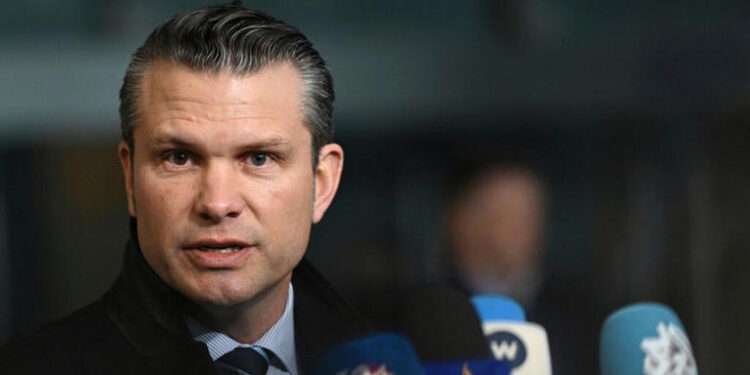Energy giant Shell (NYSE: SHEL) has outperformed market expectations with its second-quarter earnings report, showing resilience amid lower commodity prices and a softer trading environment.
The company posted adjusted earnings of $4.26 billion for the three months ending June 2025, a figure that, while down from the first quarter, beat analysts’ consensus forecasts of approximately $3.7 billion.
In a statement accompanying the results, Shell Chief Executive Officer Wael Sawan said the company’s operational efficiency had played a pivotal role in maintaining cash generation despite a less favourable macroeconomic backdrop.
“Shell generated robust cash flows reflecting strong operational performance in a less favourable macro environment.”
Shell Chief Executive Officer Wael Sawan
He underscored that the company’s focus on performance and cost discipline has allowed it to stay competitive even when market conditions turn challenging.

The Q2 result marked a 24% decline compared to the previous quarter and a 32% drop from the same period last year.
Nonetheless, investors reacted positively to the performance, with Shell’s shares jumping 3% at the open on the London Stock Exchange Thursday morning.
The earnings exceeded expectations largely due to disciplined cost management and strong marketing margins, which helped offset the impact of falling oil and gas prices and weaker performance in trading and optimization.
One of the quarter’s most notable achievements was Shell’s ability to contain operating expenses, which, along with higher marketing margins, helped cushion the blow from softer realized liquids and gas prices.
The company had previously warned that it expected significantly lower trading and optimization returns for the second quarter. Despite this, Shell still posted solid overall results.
Shell Defies Expectations

Shell’s Chemicals & Products segment, which had been forecast to deliver earnings below break-even, recorded an adjusted profit of $118 million.
That outcome surprised analysts and market watchers, who had braced for losses amid weak chemicals margins and poor trading results. The unexpected gain came as a result of favourable tax adjustments and stringent cost control measures.
Wael Sawan noted that Shell’s cost-efficiency strategy, implemented over the past two years, had contributed significantly to the company’s improved financial standing.
“Our continued focus on performance, discipline and simplification helped deliver $3.9 billion of structural cost reductions since 2022, with the majority delivered through non-portfolio actions.”
Shell Chief Executive Officer Wael Sawan
This signals a deliberate move by Shell to restructure from within, rather than relying on asset sales or one-off gains to reduce costs.
The financial report comes at a critical time for the company, as it sharpens its focus on boosting shareholder value.

In March 2025, Shell laid out a plan to prioritise shareholder returns by scaling up its liquefied natural gas (LNG) operations and maintaining oil production at current levels through the end of the decade.
The company reiterated its commitment to this path with the announcement of a new $3.5 billion share buyback programme set to run over the next three months.
This marks the fifteenth consecutive quarter in which Shell has executed share repurchases worth at least $3 billion.
With geopolitical uncertainties and macroeconomic shifts still influencing global energy demand, Shell’s decision to focus on LNG and shareholder rewards underscores its strategic commitment to core competencies.
Despite subdued trading activity, Shell’s performance illustrates the importance of balance between upstream and downstream operations.
The strong marketing performance helped stabilize earnings, while cost efficiencies and tax-related tailwinds in chemicals mitigated the impact of lower commodity prices. It also reflects the company’s ability to adapt quickly, leveraging internal efficiencies to navigate external shocks.
Looking ahead, Shell will remain under pressure to continue delivering returns while advancing its energy transition objectives.
Yet, with consistent buybacks, disciplined capital allocation, and a steady approach to its core business areas, the company appears to be positioning itself as a stable force amid the industry’s evolving dynamics.
READ ALSO: IMF Urges BoG to Hold Tight on Policy Rate to Cement Disinflation Gains























